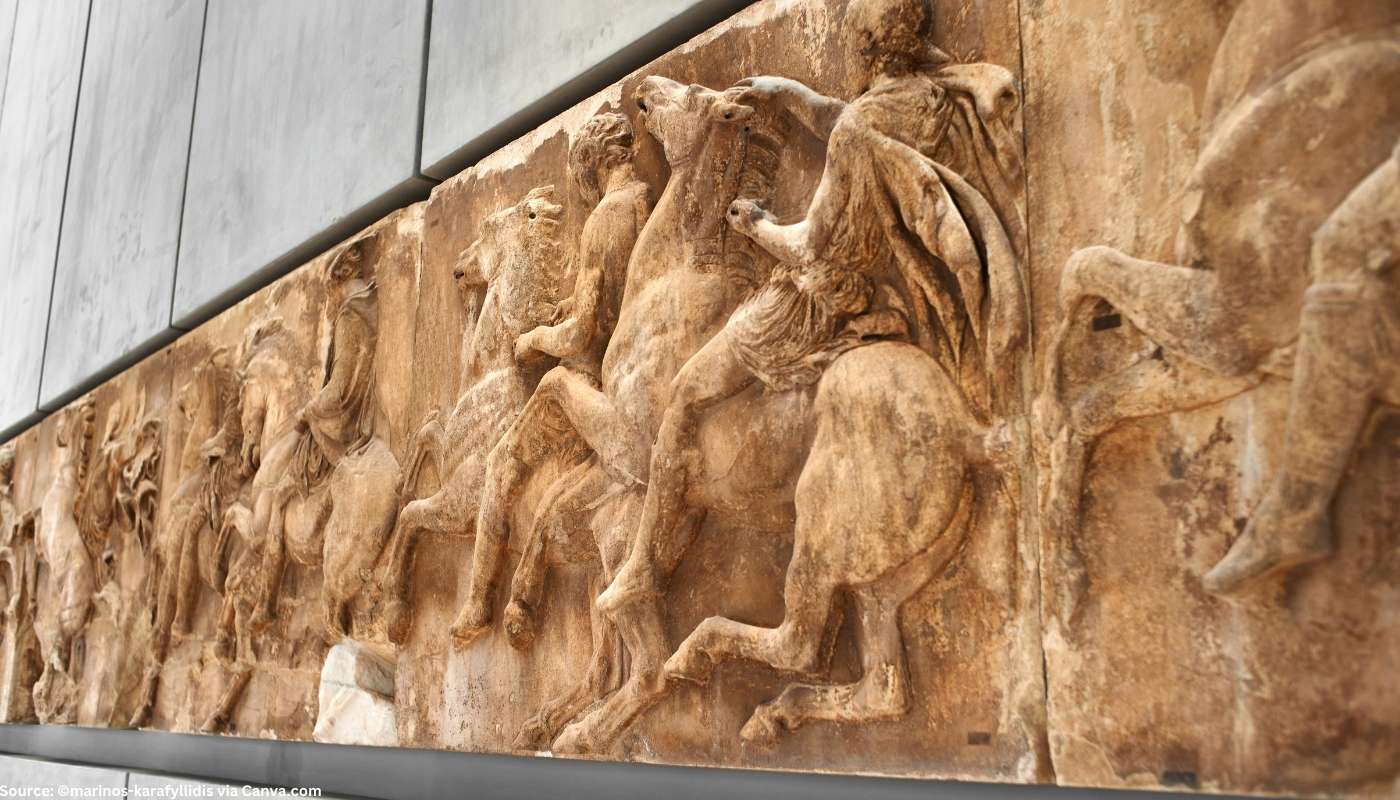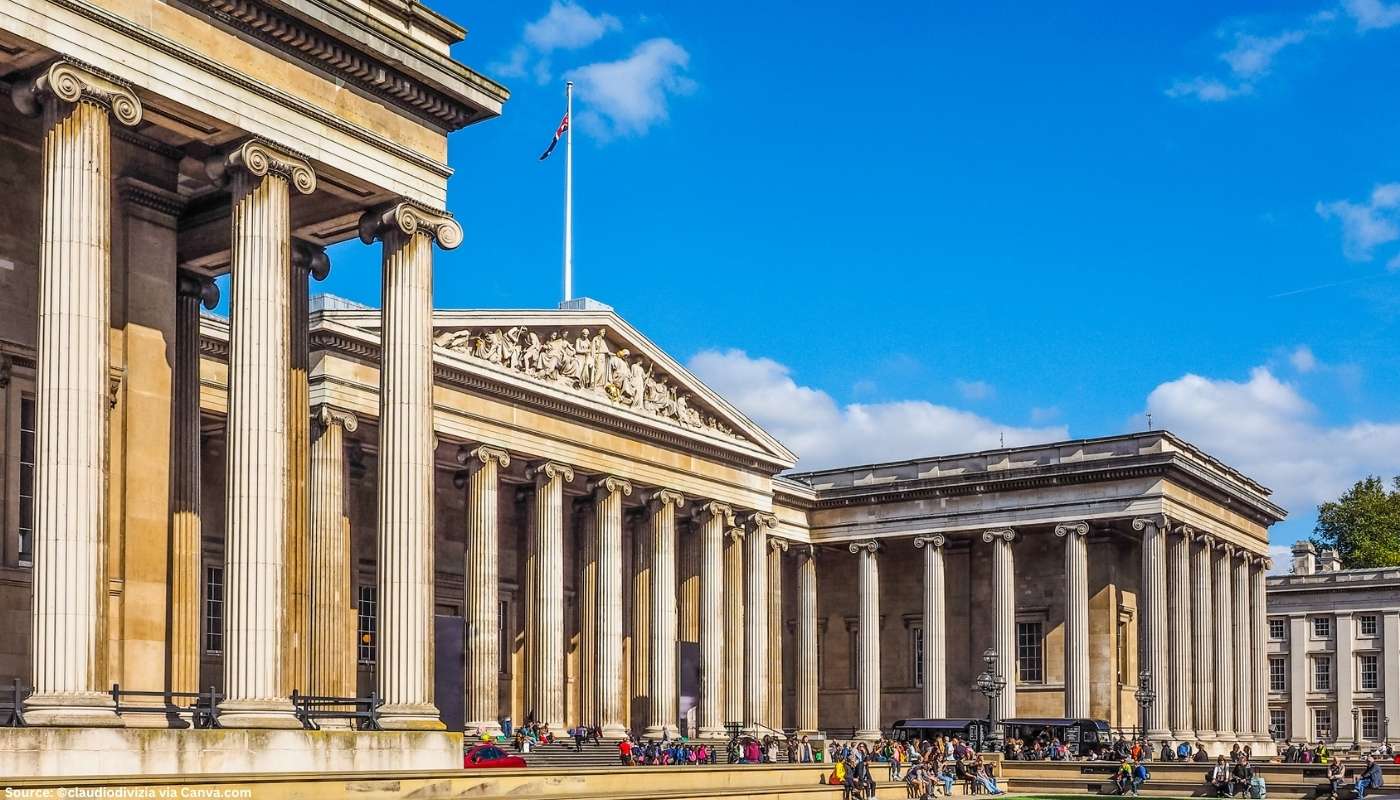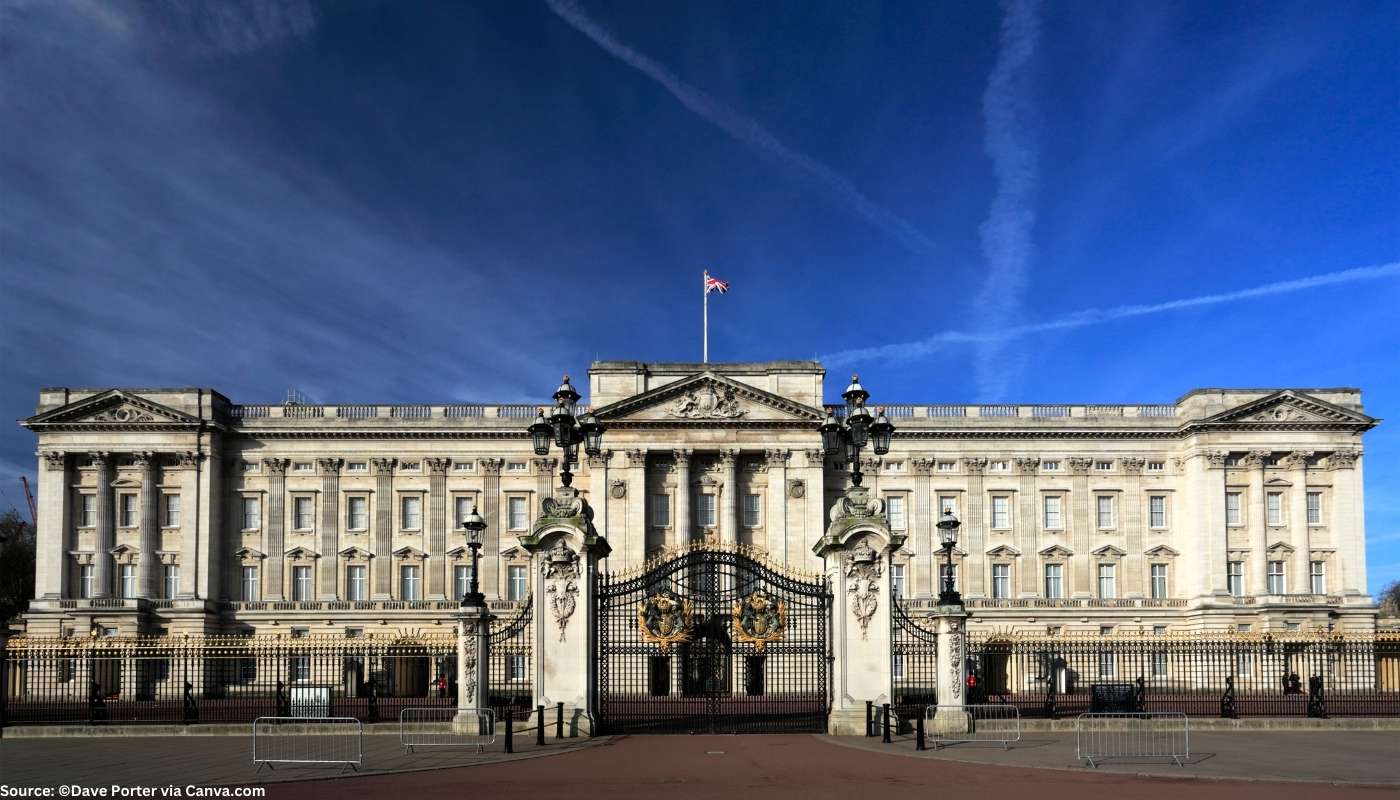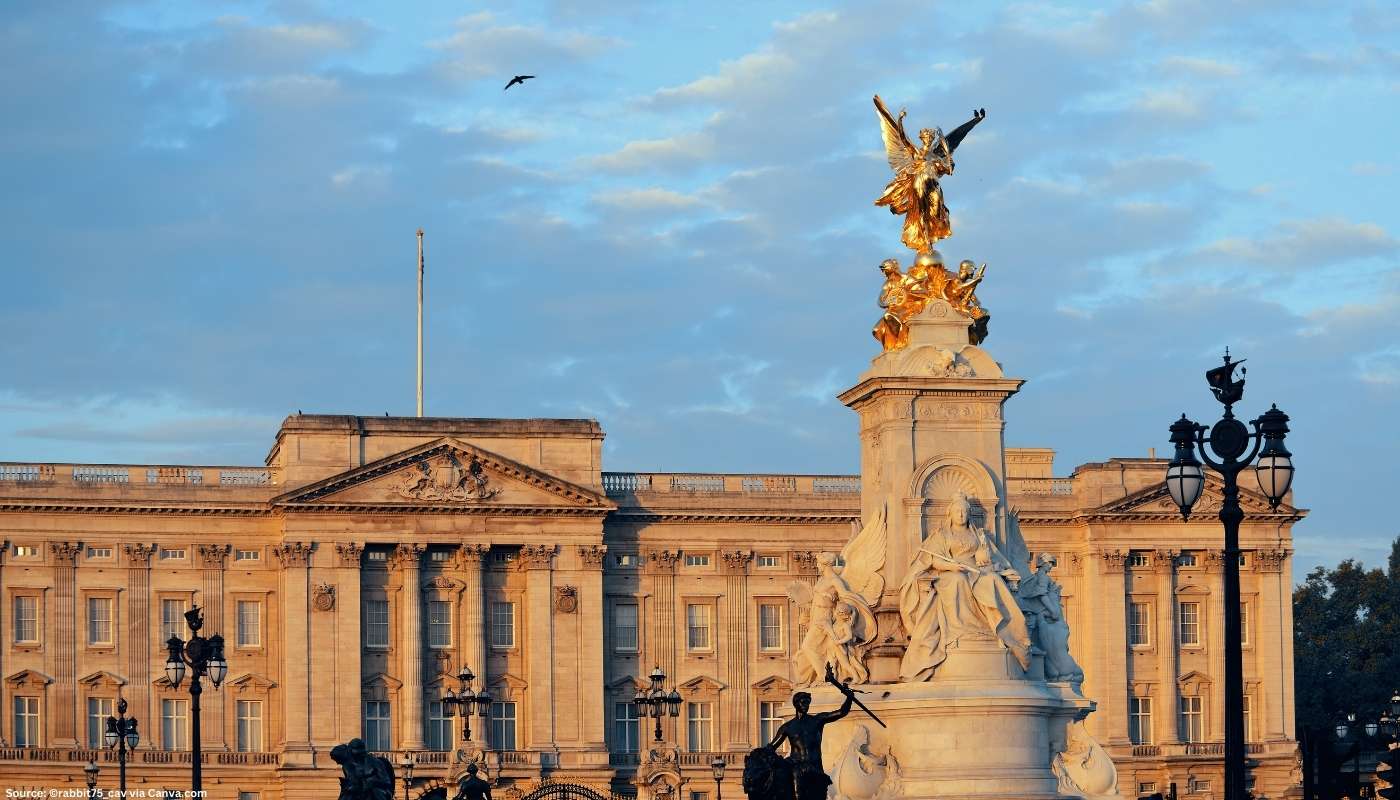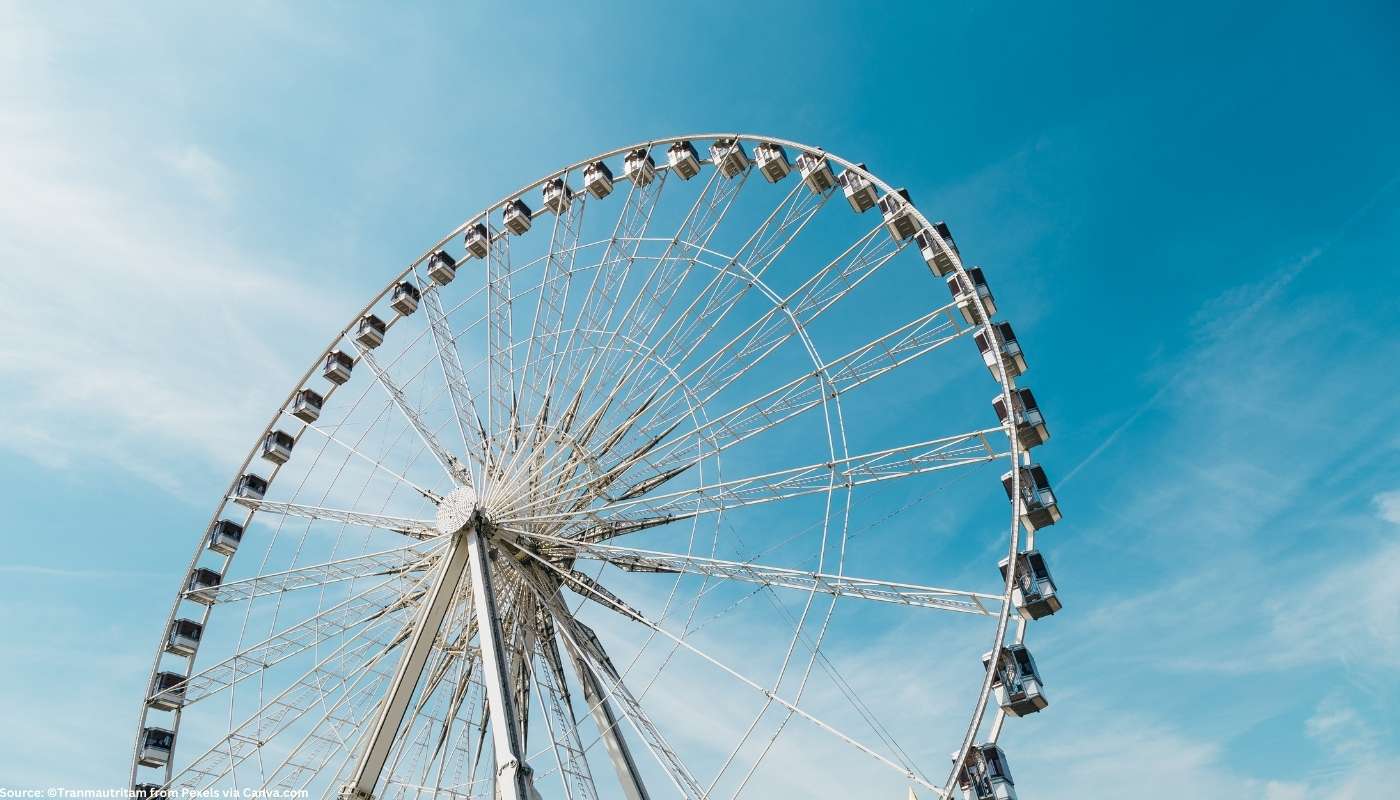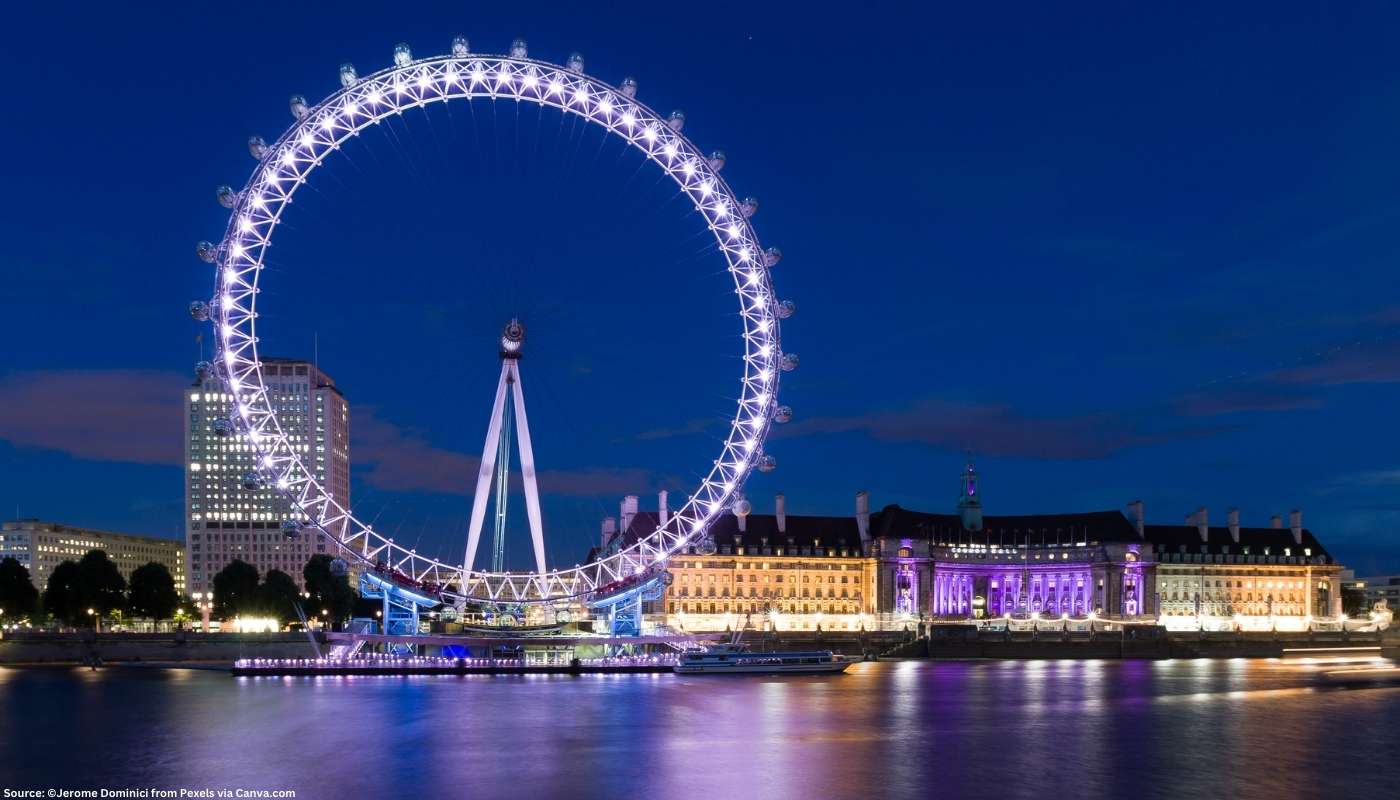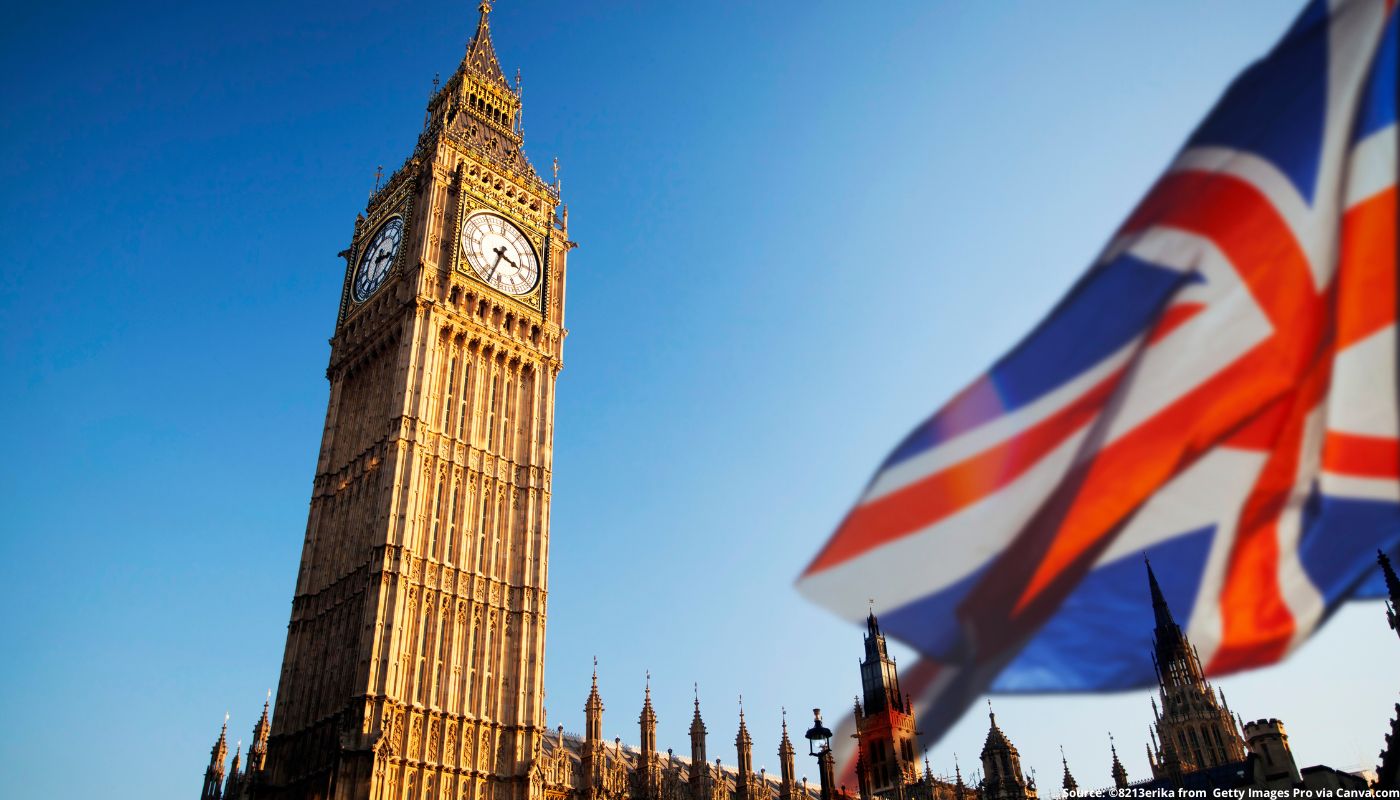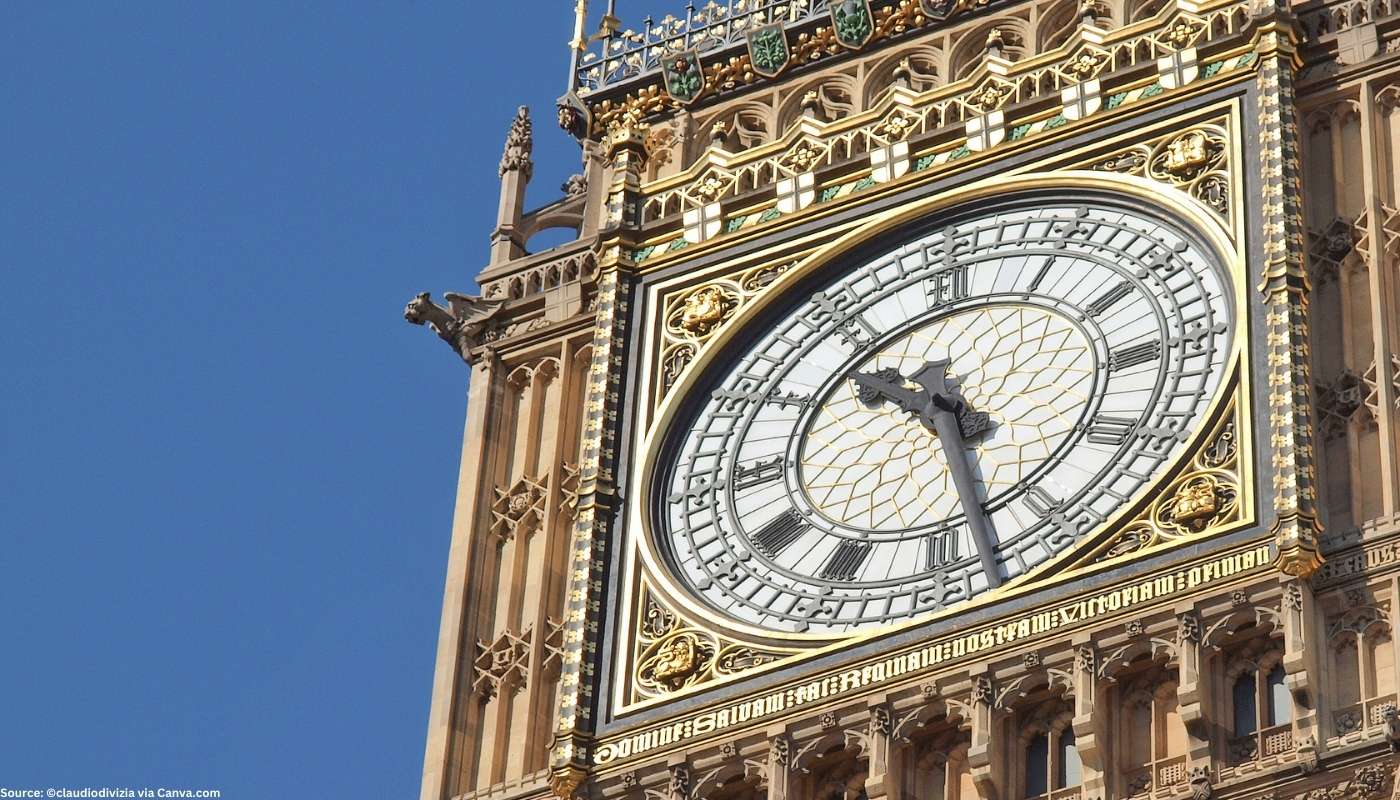British Museum
Share this attraction
Back

British Museum
London
British Museum – the most important information
British Museum is dedicated to human history, art and culture. It is located in the Bloomsbury area of London. The museum has a collection covering two million years of history and it is the first national public museum of the world.
About the British Museum
The British Museum was founded in 1753 when King George II gave his Royal Assent to the Act of Parliament. It was opened to the public in 1759 covering all fields of human knowledge. However, the entry was restricted to well-connected visitors because visitors had to apply for tickets to see the collections during limited visiting hours. From the 1830s opening hours were extended, and throughout years the museum became truly open and freely accessible to all.
When it comes to the collection, first it had Sir Hans Sloane collection of more than 80,000 natural and artificial rarities, over 40,000 books and manuscripts, and 32,000 coins and medals. Along with Sir Sloane’s collection, Cotton, Harley and Royal Libraries made up the British Museum. The British Museum was first located in a 17th-century mansion, Montagu House. However, as the collection grew, they needed a much bigger space. That’s why they demolished Montagu House in 1823, and they built Sir Robert Smirke’s much bigger Greek Revival style building in which the museum is today.
What to see in the British Museum?
The collection of the British Museum contains about eight million objects that cover two million years of human history. The museum has more than 50 galleries, some of them are:
- Egyptian sculpture gallery – you can see 3,000 years of Egyptian pharaonic history and Rosetta Stone, which served as the key to deciphering the ancient Egyptian language and hieroglyphic script, and the Statue of Ramesses II. In this gallery you can also see the sarcophagus of Nectanebo II, Egypt’s last true pharaoh.
- Africa – here you can see the cultural, artistic and historical diversity and complexity of Africa, including forged metalwork, textiles, pottery-making, masquerade and sculpture. Apart from the history, you can also see the contemporary art works.
- Sutton Hoo and Europe – this gallery traces the story of Europe from AD 300 to 1100. It gives an overview of the period when Europe as we know it today was taking shape, and the collections range from the Atlantic Ocean to the Black Sea, and from North Africa to Scandinavia. The centerpiece of the gallery is the Anglo-Saxon ship burial at Sutton Hoo, Suffolk.
- Roman Empire – here you can see the rise of Rome from a small town to an imperial capital. The collection covers a period of about 1,000 years. The objects range from stone and metal sculptures of emperors and gods to jewellery, silverware, pottery and glass. The highlights of this gallery are the Portland Vase and the Warren Cup.
Apart from these permanent galleries, the museum organizes various exhibitions that are on display for a certain period of time. You can see which exhibitions are when on the website of the British Museum, as well as the past exhibitions.
Tickets and opening hours of the British Museum
- Tickets – the entry to the Museum is free. Book your tickets for special exhibitions online.
- Opening hours – the British Museum is open daily from 10 am to 5 pm, with last entry being at 4 pm.
How to get to the British Museum?
The main entrance to the Museum is on the Great Russell Street, London WC1B3DG, while the second entrance is at Montague Place, London WC1E 7JW. You can get there by:
- Bus – the routes that pass within the walking distance of the Museum are:
- New Oxford Street: 1, 8, 19, 25, 38, 55, 98, 242
- Tottenham Court Road (northbound) / Gower Street (southbound): 14, 24, 29, 73, 134, 390
- Southampton Row: 59, 68, X68, 91, 168, 188.
- Tube – the four tube stations closest to the Museum are: Tottenham Court Road, Holborn, Russel Square, and Goodge Street.
What should you know before visiting the British Museum?
There are two things you should know before visiting the British Museum:
There are two things you should know before visiting the British Museum:
- First, it’s the most visited tourist attraction in the UK, so try avoiding peak times.
- And secondly, be prepared to spend a lot of time at the Museum and try to get to the big sights before everyone else does. It’s probably best to learn as much as you can about the Museum before visiting so you can see as much as possible.
Location
Learn more about this destination
Discover the beauty of the destination through blogs that highlight the most famous landmarks, hidden gems, and provide travel tips for visiting this destination. Embark on an adventure through the stories of experienced travelers.
